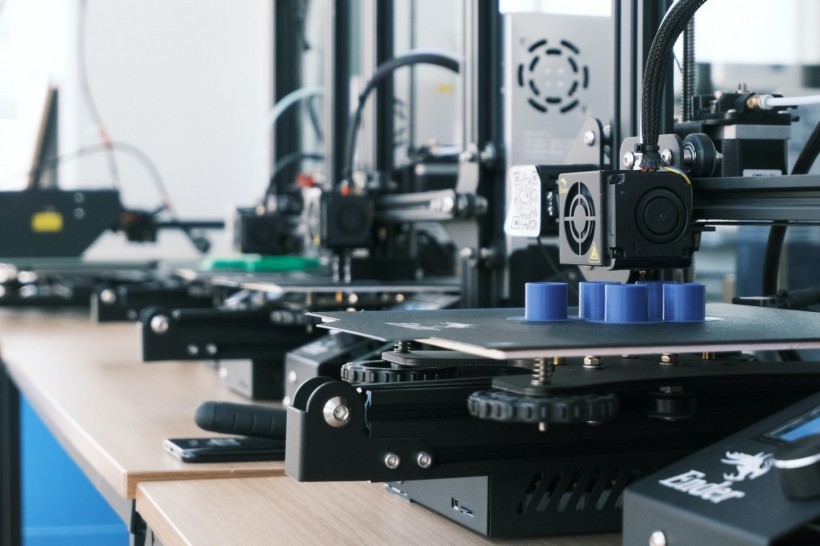With its ability to build practically any product in addition to intricate structures that are impractical to construct using conventional fabrication techniques like subtractive manufacture, 3D printing is predicted to alter the future. The variety of possibilities offered by printing technology is another significant feature. from foodstuffs, human body parts, clothes, and structures to aircraft structures. Implementations are continuously tested and new ones are developed.
With all kinds of innovative techniques emerging in the 3D printing world, you can consider this technology to be a game changer.
The Medical Industry Will Experience a Revolution
3D printing seems to have the potential to completely transform the medical industry, from surgeries to prostheses to pharmaceuticals. Prosthetics have already been produced using 3D printing. The innovation is currently being employed by research company Not Impossible Labs to manufacture prosthetic limbs for paraplegics in war-torn areas for less than $100. Prosthetics might become more affordable for everybody thanks to 3D printing, transforming the circumstances of amputees everywhere. Duplicates of organs and hearts are being used in operation as well as 3D printing to better prepare the patient.
The field of "bioprinting," or 3D printing with "ink" created from human tissues and cells is rapidly progressing. By 2025, several technological and health practitioners anticipate that 3D-printed organs and tissues would be used in surgery.
The Housing Problem May Be Solvable With 3D Printing
Compared to their parents, youngsters have much lower housing affordability, and many individuals even struggle to pay their rent. That might be addressed using 3D printing. A Chinese company by the name of Winsun offers 3D houses that are produced for less than $5000 and are made entirely of recyclable materials. They use "ink" created from recyclable material, cement, steel, fiberglass, and a bonding agent. They have already constructed buildings in China, just extended to Saudi Arabia, and in the coming few years, they intend to extend to twenty more nations. Building contractors can save money on labor, building supplies, and shipping by using 3D printing.
You can already see several examples of large-scale 3D printing done by Massivit 3D printers. Future cities might be constructed with 3D printing technology!
The Environmental Crisis Might Be Solved by 3D Printing
Local production will be made simpler by 3D printing, which will significantly save fuel expenses. Faster manufacturing might reduce the consumption of fossil fuels and potentially even stop the harshest effects of climate change.
We can improve our recycling rate with the help of 3D printing. The "ink" for devices will be made from plastics, metals, and paper, using a method that consumes lower power than traditional recycling.
Additionally, 3D printing creates less wastage than traditional production by design. Additive manufacturing, also referred to as 3D printing, is the process of building a product by adding successive layers of substance to an area that was formerly vacant. A chunk of materials is initially used in traditional manufacturing, which is a subtractive process in which the producer chips away from it to create the finished item. Change to 3D printing will stop the latter from producing as much garbage.
Last but not least, 3D printing can aid in the research of ecological harm. A 3D model of the Great Barrier Reefs was created by University of Sydney researchers to better predict the impacts of global warming on these biological ecosystems. This might help the ecosystems recuperate from cyclones or degradation.
Emergence Of New Forms Of Illegal Activity
Digital piracy might expand from the media industry to the common public once 3D printers are commonplace. Why spend the money on an iPhone if you can create it at home for considerably less using metals, plastics, and silicon "ink"? Currently, the typical 3D printer cannot achieve this degree of perfection, but in 10 or 20 years, this could change. Instead of downloading media torrents, the cyber hackers of the near future might be exchanging CAD documents.
The registration of firearms will be made more difficult by 3D printing. Guns that are 3D printed already exist, and their functionality and usefulness will only get better with time.
The Takeaway
Despite denials, the present is continuously moving closer to the future since "the need" is what accelerates the marketplace. The development of 3D printing manufacturing guarantees to make it simpler for business owners to create and introduce new items. Both the price of manufacturing and the expense of developing new products will significantly decrease. Consumers are continually looking for more product customization. These 3D printing technologies provide far more customization options as well as significantly more chances for buyers to directly participate in the finished product's creation.
* This is a contributed article and this content does not necessarily represent the views of sciencetimes.com















